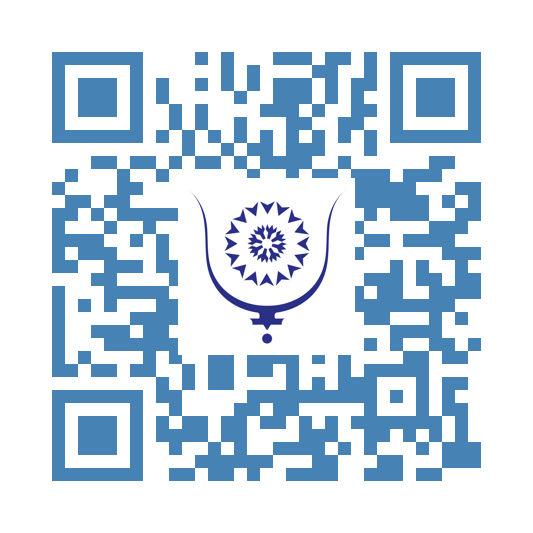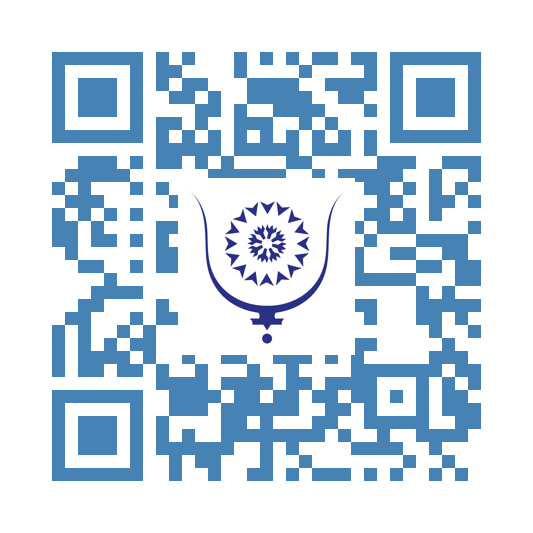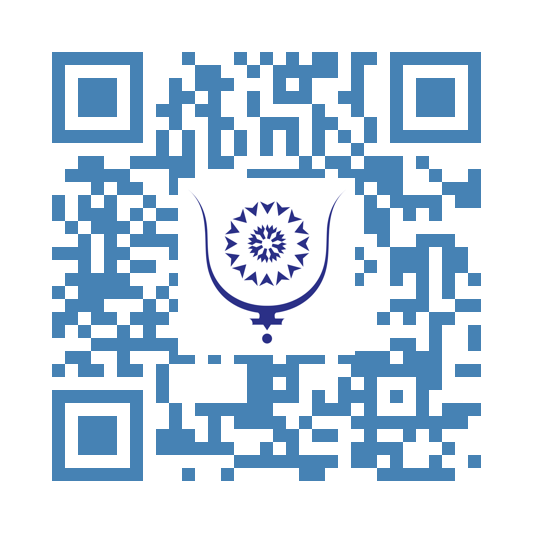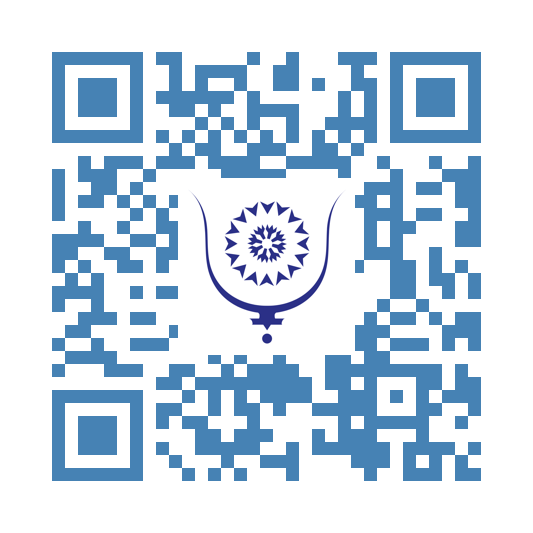Kundalini ? Pas encore, merci ! 140
Kundalini par-ci, Kundalini par-là… Ce mot s’impose à moi.
Depuis quelque temps, ce terme revient sans cesse dans ma vie. Je le vois partout, je l’entends, parfois même sans vraiment le chercher. C’est comme si l’univers voulait attirer mon attention. Alors je me suis dit : pourquoi ne pas effectuer quelques recherches pour comprendre ce qui se cache derrière ce mot ?
La Kundalini est une énergie spirituelle puissante, souvent décrite comme un serpent enroulé à la base de la colonne vertébrale, dans le chakra racine, appelé Mooladhara. Moi qui n’aime pas les serpents, ça commence mal ! Ce terme signifie en gros « enroulé ».
Cette énergie est parfois associée à l’énergie sexuelle, non pas dans son aspect purement physique ou reproductif, mais comme une force vitale, une puissance créatrice fondamentale. Dans plusieurs traditions, la sexualité est vue comme une manifestation physique de cette énergie profonde.
Lorsque la Kundalini est éveillée, cette énergie monte le long du canal central, traverse les sept chakras, jusqu’au sommet de la tête, provoquant une transformation spirituelle profonde.
Dans la tradition hindoue, la Kundalini est associée à l’énergie divine féminine, représentant le potentiel spirituel inné de chaque individu. Cela me rappelle ce que dit Le Kybalion sur l’énergie féminine et masculine : « Le genre est en tout : tout contient les principes masculin et féminin, le genre se manifeste dans tous les plans de la création »
Son réveil est recherché à travers des pratiques telles que le yoga, la méditation, le pranayama, et la récitation de mantras. Pour ma part, je pratique la méditation, le yoga et le pranayama. Peut-être est-ce pour cela que ce mot revient si souvent vers moi.
L’éveil de la Kundalini est considéré comme un chemin vers l’illumination et la réalisation de soi, une quête d’union avec le divin.
Cependant, il est important de souligner que cette énergie doit être abordée avec précaution, une activation non maîtrisée peut entraîner des perturbations émotionnelles et psychologiques.
En poursuivant mes recherches, je suis tombée sur le témoignage d’une personne qui expliquait avoir pratiqué la Kundalini sans même savoir ce que c’était. Elle a vécu des bouleversements profonds, elle a perdu pied, son mariage a échoué, son travail est devenu un chaos, et elle est tombée dans une grosse crise intérieure. Elle s’était perdue elle-même. Mais en apprenant ce qu’est vraiment la Kundalini et en comprenant comment la maîtriser, cette personne a pu reprendre le pouvoir sur sa vie.
Je crois parfois que c’est en touchant le fond que l’on trouve la force de remonter. Moi-même, dans ma pratique de la méditation, j’utilise l’énergie de mes chakras, sans vraiment de guidance ni d’expérience formelle, simplement en suivant mon instinct. Ce n’est pas un jeu, mais une exploration parfois intuitive, parfois maladroite, de cette force intérieure.
Ce qui est à la fois poétique et effrayant, c’est que j’ai l’impression d’avoir réveillé cette énergie en moi sans même m’en rendre compte. Et soudain, dans ma vie, tout a basculé. Ce que je cachais, ce que je refusais de voir, mes peurs les plus profondes, mes insécurités les plus enfouies, tout s’est dévoilé brutalement.
J’ai vécu une véritable tempête intérieure, une destruction nécessaire.
Mais j’ai compris que ce processus fait partie du chemin vers la connaissance de soi. On ne peut vraiment avancer sans tout détruire derrière soi, sans affronter ce mal enfoui, pour enfin apprendre à s’accepter pleinement, se regarder en face, et renaître.
Sadhguru explique que lorsque l’on active cette dimension d’énergie, d’autres dimensions de la vie s’ouvrent à nous.
Toutefois, il insiste sur le fait que la Kundalini Yoga est la forme de yoga la plus puissante, mais aussi la plus dangereuse. C’est une énergie immense qui, mal maîtrisée, peut causer plus de dégâts que de bienfaits. Pour illustrer, il la compare à la puissance nucléaire, très efficace, mais potentiellement destructrice si on ne sait pas la contrôler.
Selon lui, avant même d’atteindre la Kundalini, il faut déjà avoir une maîtrise importante d’autres formes de spiritualité, de yoga et de connaissance de soi. Il souligne que pour vivre pleinement, nous activons seulement une petite partie de notre énergie (environ 21 chakras sur 114), suffisante pour une vie matérielle et intellectuelle complète. Mais la Kundalini ouvre des dimensions supérieures, bien au-delà.
Et c’est là que la préparation entre en jeu, sans discipline, sans guidance experte et sans réelle préparation, s’aventurer dans l’éveil de la Kundalini peut faire s’effondrer notre vie extérieure, car les transformations sont rapides et profondes.
Maintenant que ce mot revient si souvent vers moi, je me pose sincèrement la question : suis-je prête ? La réponse est non.
Alors j’écoute la sagesse de mon cher Sadhguru et sa mise en garde. Je ne risque pas de m’aventurer sur ce chemin, pas pour l’instant. J’ai encore beaucoup de démons intérieurs à combattre, beaucoup de travail sur moi-même à faire.
Je sais que ce n’est que lorsque je serai véritablement prête que la Kundalini viendra à moi, de manière réelle et maîtrisée. En attendant, je continue mon chemin, humblement, en apprenant à mieux me connaître, à calmer mes tempêtes intérieures, à construire cette base solide sans laquelle on ne peut pas sauter dans l’abîme.





